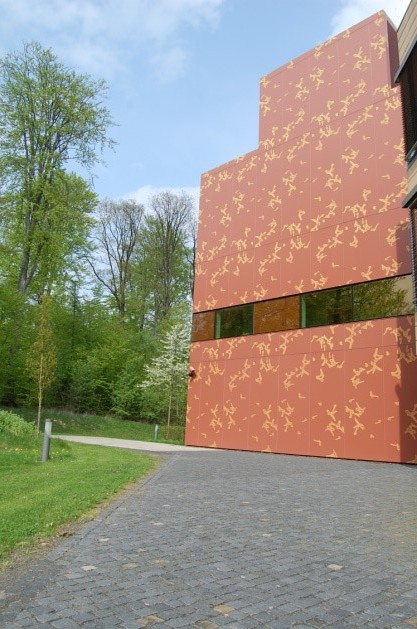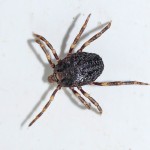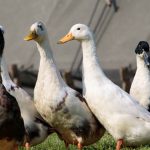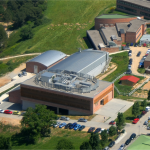Marburg, beyond a filovirus

Marburg virus causes severe hemorrhagic fever in humans, it can be considered Ebola’s cousin. The name comes from the city of Marburg an der Lahn (in Hessen, Germany) where it was first described in 1967. And it was in this city where I spent two years to conduct a post doctoral stay.
The opportunity to go to Marburg emerged in mid-2012, when I was finishing my PhD at the Centre for Research in Animal Health (acronym in Catalan CReSA). I worked with animal models of avian and swine influenza viruses under biosafety 3 (BSL-3) conditions, and this was key to join the group of Prof. Dr. Becker. They were searching for a veterinarian to set up an animal facility in the highest biosafety level (BSL-4)! In January 2013 I started working in the group of Prof. Dr. Becker at the Institute of Virology, Philipps University of Marburg. The experience was enriching. To enter in a BSL-4 and to work with highly trained staff to develop work with highly pathogenic viruses such as Ebola virus, Marburg virus, Lassa virus, SARS-Coronavirus… was a privilege! The safety measures to work in the BSL-4 of Marburg are very strict. First, and before you start working at the Institute, you need to present a criminal record. Then, you have to submit to a medical examination and even pass a test of physical effort. Finally, there is a theoretical training together with the head of BSL-4 (about 16 hours) and a practical training (20 entries or 40 hours of work in BSL-4 under supervision). Once all the training is done, and if the responsible agrees, you get the permission to work in BSL-4!
My postdoctoral stay in Germany was performed thanks to a national project, DZIF (the German acronym for “German Research Center for the infection,”), and also thanks to Prof Dr. Stephan Becker who gave me the opportunity and trust to join his team. Besides the scientific part, I also learned to love a culture and a city that welcomed me as one more. For many reasons Marburg will always be special for me and I am convinced that I be in touch with the people I met there. Currently, and since early July 2015, I am back to CReSA, which is now an integrated center of the Institute of Agrifood Research and Technology (IRTA). My job as a postdoctoral researcher is developed within the European project ZAPI (Zoonoses Anticipation and Preparedness Initiative) and involves the use of animal models for testing vaccine prototypes against MERS-CoV (Middle East respiratory syndrome coronavirus). You can find more information about the project in the following link.













